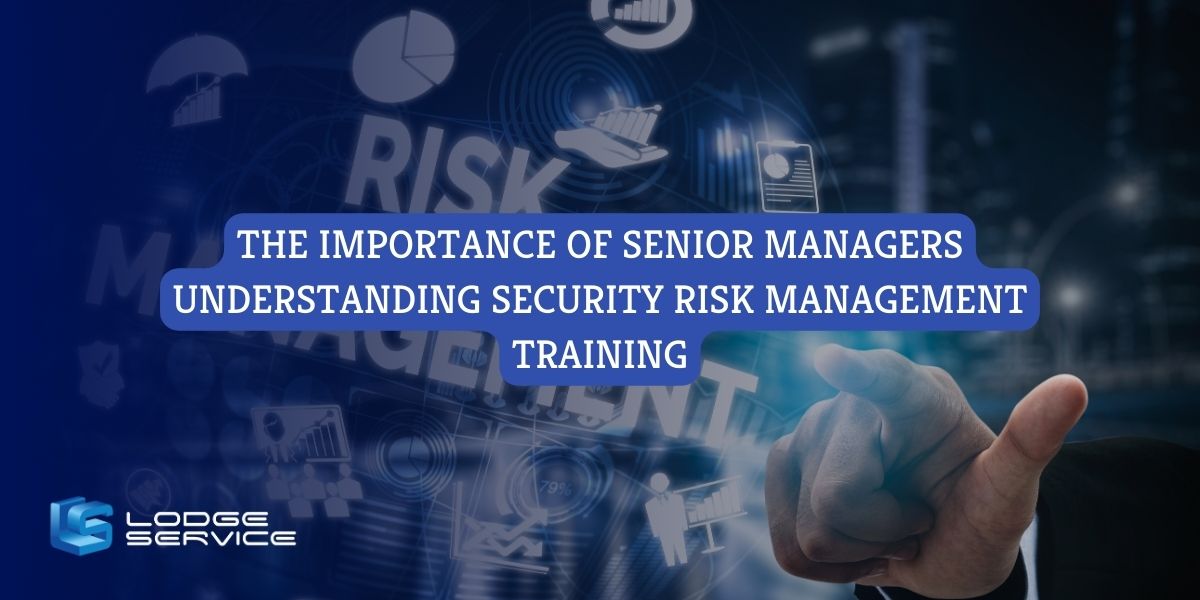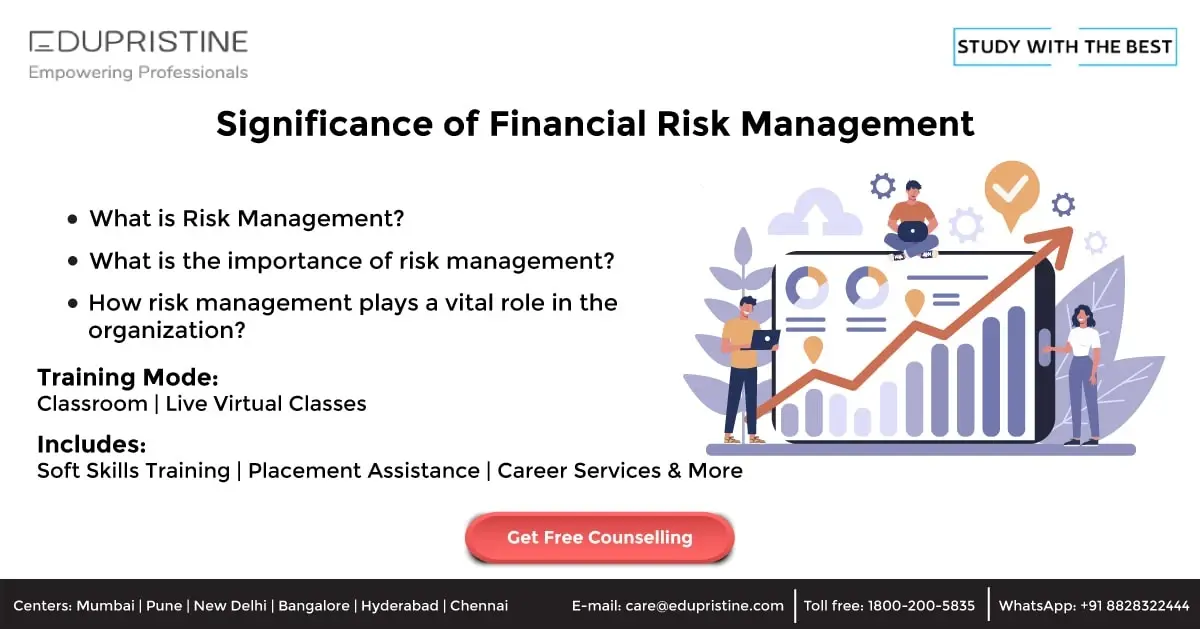Why Organizations Should Focus on the Importance of Risk Management Now More Than Ever
Why Organizations Should Focus on the Importance of Risk Management Now More Than Ever
Blog Article
Exploring the Importance of Risk Management for Effective Decision-Making Techniques
In the detailed world of service, Risk Management emerges as a crucial aspect in the decision-making procedure. The capacity to recognize possible hazards and opportunities, and strategize accordingly, can mean the difference in between success and failure.
Recognizing the Concept of Risk Management
Risk Management, a crucial part in decision-making, is frequently misconstrued or oversimplified. Risk Management involves disciplined and organized techniques, utilizing information and insightful assessments. From monetary uncertainties, legal responsibilities, critical Management mistakes, to accidents and all-natural calamities, it addresses numerous dangers - importance of risk management.
The Role of Risk Management in Decision-Making Processes
In the realm of critical preparation and service procedures, Risk Management plays an integral function in decision-making processes. Risk Management therefore becomes a vital device in decision-making, assisting leaders to make educated options based on a thorough understanding of the dangers involved. Risk Management offers as an essential part in the decision-making processes of any kind of company.

Exactly How Risk Management Boosts Strategic Preparation
In the context of calculated planning, Risk Management plays a critical duty. Launching with the recognition of possible dangers, it better encompasses the execution of Risk reduction steps. The duty of Risk Management is dynamic but not fixed, as it demands constant surveillance and adjusting of methods.
Identifying Potential Threats

Applying Risk Reduction
Risk reduction methods can vary from Risk avoidance, Risk transfer, to take the chance of reduction. Each strategy must be tailored to the particular Risk, considering its potential impact and the organization's Risk tolerance. Effective Risk mitigation needs a deep understanding of the Risk landscape and the possible impact of each Risk.
Tracking and Changing Strategies
Though Risk reduction is a crucial step in strategic planning, constant article surveillance and adjustment of these techniques is similarly vital. It additionally offers a chance to examine the success of the Risk Management procedures, permitting modifications to be made where necessary, more enhancing tactical planning. Monitoring and adjusting Risk Management techniques is an important part for improving a company's durability and strategic preparation.
Situation Researches: Effective Risk Management and Decision-Making
In check the world of company and finance, successful Risk Management and decision-making typically offer as the columns of thriving business. These instances highlight the value of sharp Risk Management in decision-making procedures. These situations highlight the important function of Risk Management in strategic decision-making.
Devices and Methods for Effective Risk Management
Navigating the detailed puzzle of Risk Management calls for the right set of strategies and devices. These Homepage tools, such as Risk registers and heat maps, aid in identifying and examining potential risks. Techniques consist of both quantitative approaches, like sensitivity analysis, and qualitative techniques, such as SWOT analysis. These assistance in focusing on risks based on their prospective impact and possibility. Risk response strategies, an essential part of Risk Management, involve accepting, preventing, transferring, or mitigating risks. Surveillance and regulating threats, through regular audits and evaluations, make sure that the methods stay efficient. With these tools and strategies, decision-makers can navigate the complicated landscape of Risk Management, thereby promoting notified and effective decision-making.
Future Trends in Risk Management and Decision-Making Strategies
As we explore the huge landscape of Risk Management, it comes to be obvious that the devices and strategies made use of today will proceed to develop. The concept of Risk culture, where every member of a company is mindful and included in Risk Management, will certainly obtain a lot more prestige. These fads declare a more aggressive and comprehensive strategy in the direction of Risk Management and decision-making.
Final thought

Risk Management hence becomes an important device in decision-making, assisting leaders to make educated selections based on a detailed understanding of the threats involved. Risk reduction techniques can range from Risk avoidance, Risk transfer, to run the risk of reduction (importance of risk management). Reliable Risk mitigation calls for a deep understanding of the Risk landscape and the possible influence of each Risk. Risk action strategies, a key component of Risk Management, involve accepting, preventing, transferring, or mitigating dangers. The principle of Risk society, where every participant of a company is mindful and entailed in Risk Management, will obtain more prominence
Report this page